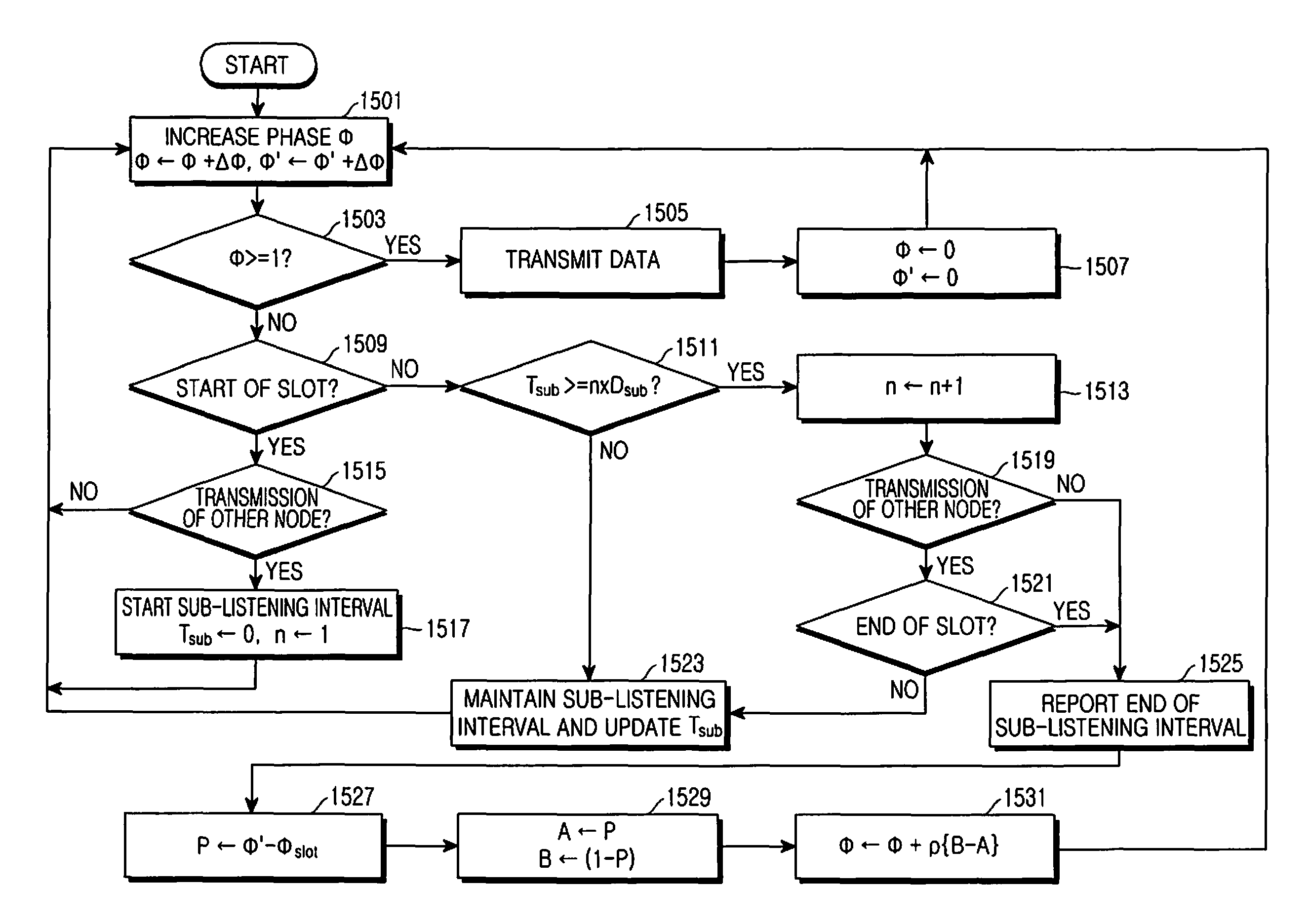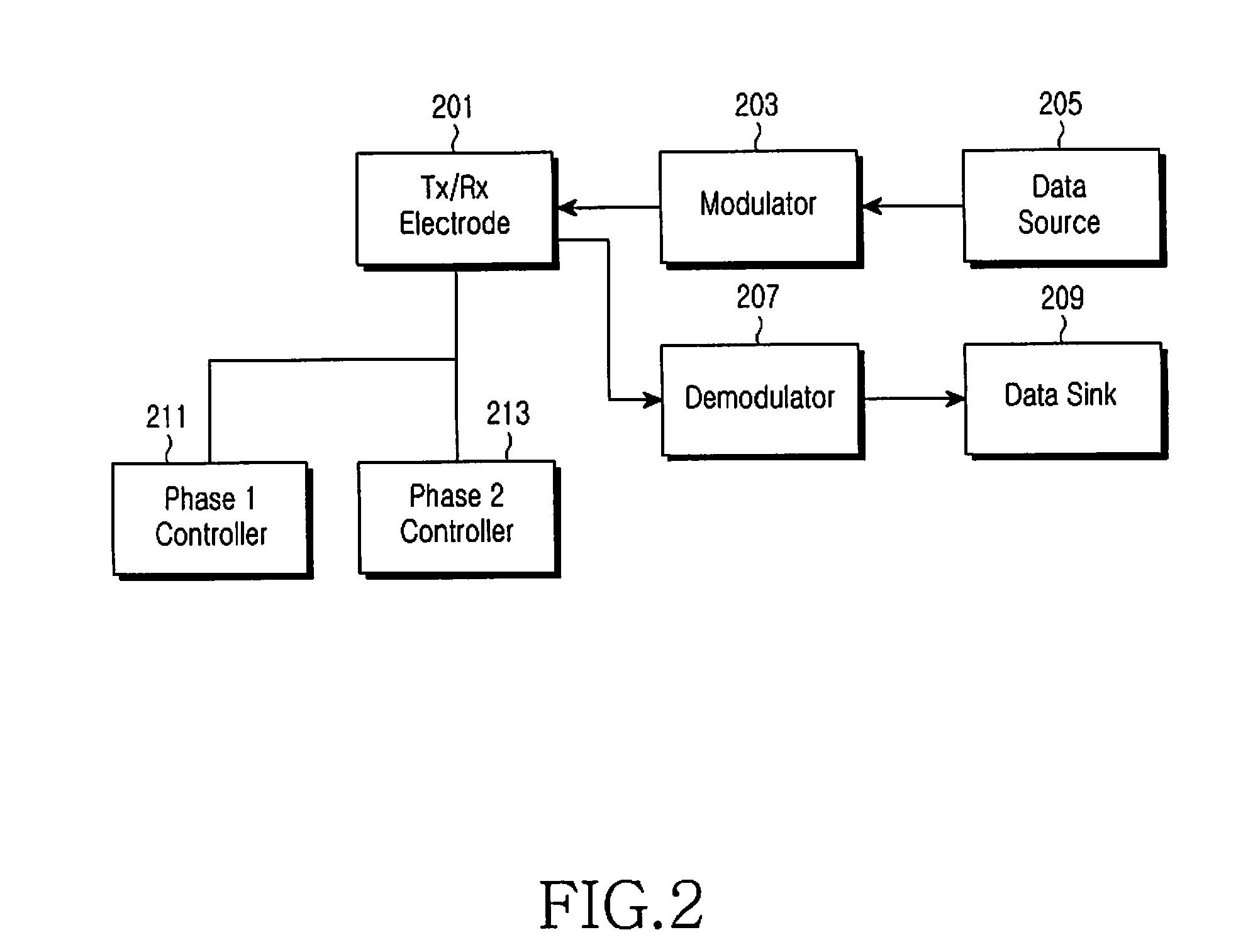Self-organizing resource access apparatus and method in local area network communication environment
a resource access and local area network technology, applied in electrical apparatus, network topologies, time-division multiplex, etc., can solve the problems of inability to adapt to power-limited environments, bluetooth is unsuitable for sensors, and short-range communication has difficulty in implementing complicated medium access control (mac) algorithms, etc., to achieve efficient and simple
- Summary
- Abstract
- Description
- Claims
- Application Information
AI Technical Summary
Benefits of technology
Problems solved by technology
Method used
Image
Examples
Embodiment Construction
[0032]Embodiments of the present invention are described in detail with reference to the accompanying drawings. The same or similar components may be designated by the same or similar reference numerals although they are illustrated in different drawings. Detailed descriptions of constructions or processes known in the art may be omitted to avoid obscuring the subject matter of the present invention.
[0033]Referring initially to FIG. 1, a diagram illustrates performance of self-organizing resource management, according to an embodiment of the present invention. A situation is considered in which five nodes, N1 to N5, access resources, as illustrated in FIG. 1. The nodes first access the resources randomly, but after a lapse of time they access the resources such that time resources are uniformly divided.
[0034]Referring to FIG. 1, the nodes N1 to N5 each have their own individual operation rules. Such operation rules are performed without information for all variables in accordance wi...
PUM
 Login to View More
Login to View More Abstract
Description
Claims
Application Information
 Login to View More
Login to View More - R&D
- Intellectual Property
- Life Sciences
- Materials
- Tech Scout
- Unparalleled Data Quality
- Higher Quality Content
- 60% Fewer Hallucinations
Browse by: Latest US Patents, China's latest patents, Technical Efficacy Thesaurus, Application Domain, Technology Topic, Popular Technical Reports.
© 2025 PatSnap. All rights reserved.Legal|Privacy policy|Modern Slavery Act Transparency Statement|Sitemap|About US| Contact US: help@patsnap.com



